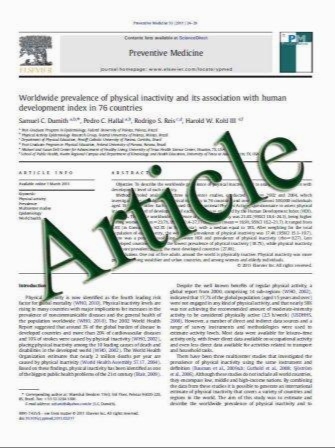The alpha1 isoform of soluble guanylate cyclase regulates cardiac contractility but is not required for ischemic preconditioning
- نوع فایل : کتاب
- زبان : انگلیسی
- مؤلف : Patrick Y. Sips Peter Brouckaert Fumito Ichinose
- چاپ و سال / کشور: 2011
Description
Nitric oxide (NO)-dependent soluble guanylate cyclase (sGC) activation is an important component of cardiac signal transduction pathways, including the cardioprotective signaling cascade induced by ischemic preconditioning (IPC). The sGCa subunit, which binds to the common sGCb1 subunit, exists in two different isoforms, sGCa1 and sGCa2, but their relative physiological roles remain unknown. In the present study, we studied Langendorff- perfused isolated hearts of genetically engineered mice lacking functional sGCa1 (sGCa1KO mice), which is the predominant isoform in the heart. Our results show that the loss of sGCa1 has a positive inotropic and lusitropic effect on basal cardiac function, indicating an important role for sGCa1 in regulating basal myocardial contractility. Surprisingly, IPC led to a similar 35–40% reduction in infarct size and concomitant protein kinase Ce (PKCe) phosphorylation in both wild-type (WT) and sGCa1KO hearts subjected to 40 min of global ischemia and reperfusion. Inhibition of the activation of all sGC isoforms by 1H-[1,2,4]oxadiazolo[4,3-a]quinoxaline-1-one (ODQ, 10 lmol/L) completely abolished the protection by IPC in WT and sGCa1KO hearts. NO-stimulated cGMP production was severely attenuated in sGCa1KO hearts compared to WT hearts, indicating that the sGCa2 isoform only produces minute amounts of cGMP after NO stimulation. Taken together, our results indicate that although sGCa1 importantly regulates cardiac contractility, it is not required for cardioprotection by IPC. Instead, our results suggest that possibly only minimal sGC activity, which in sGCa1KO hearts is provided by the sGCa2 isoform, is sufficient to transduce the cardioprotective signal induced by IPC via phosphorylation of PKC
Basic Res Cardiol (2011) 106:635–643 Received: 19 November 2010 / Revised: 14 February 2011 / Accepted: 25 February 2011 / Published online: 11 March 2011


